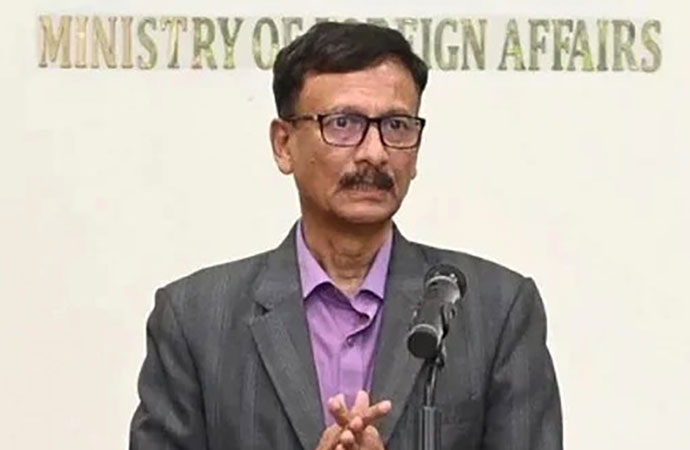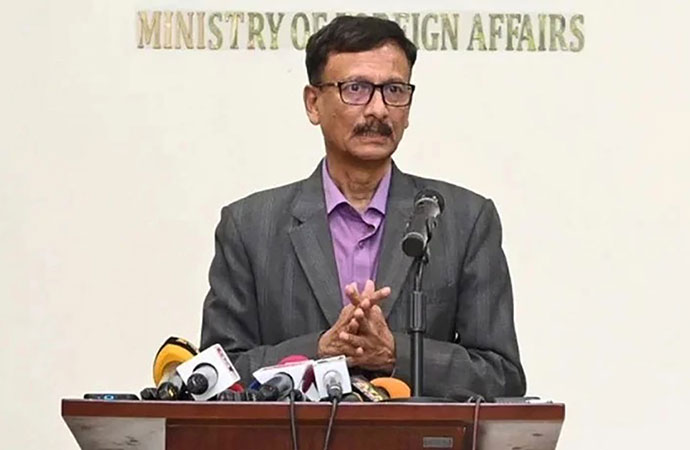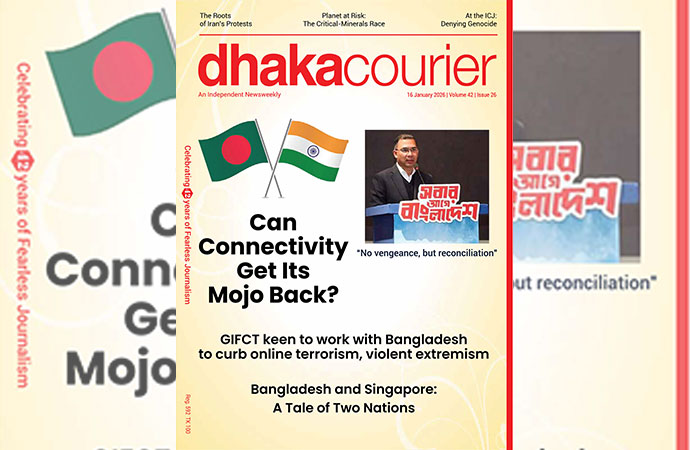Society

A city may stand as a symbol of hope, ambition or despair, misery; but most of all it can become synonymous with dream, whether the dream is fulfilled or it is still being fetched out from the air, is a different point. Cities represent dreams.
For a small country like ours, Dhaka is that city of dreams. We dare, we make or break it, create something out of nothing in a flickering hope that, maybe, there will be a better tomorrow. There was a time not more than ten years ago, when people from the villages used to think so highly of the city dwellers.
The people living in Dhaka city, were admired highly in terms of education, thinking, and obviously economic status. That adulation is still borne by a large population outside the city, especially, in the marginalised communities of villages.
As a person who has lived all his life in this city, I cannot confirm that the city is the worst. If I had some other reference points, I may have tried to check into the truth.
But I have to admit that Dhaka is riddled with issues: the water or gas crisis in several areas of Dhaka; water logging in the narrow streets and main roads after a small downpour; road digging due to numerous reasons; the traffic congestion and more.
For an average resident of Dhaka, travelling from one side to the other is a nightmare. For a person who has to commute regularly, mostly for work or education purposes, from Uttara to Motijheel or Mirpur to Gulistan or the similar routes know exactly how 'charming' the situation is.
People living in and around the city are almost up to 15 million, which is in itself is a massive gathering. There has been several studies about how a city needs to run, what roads, what vehicles to use and so on. To provide some context, according to the Global Livability survey of 2016, Dhaka ranked 137th out of 140 cities, edging out only Lagos, Tripoli, Damascus; two of which are still fighting wars.
So, what makes us so perceptive?
As a student, I had to travel more than 4 kilometres back and forth from my home to my university. Different days had different schedules, so I had made my schedule keeping an hour always in handy to reach timely. The convenient route took around an hour and 45 minutes but that convenience went out the window if the roads were being worked on for some months. Hence, I used another strategy which required a rickshaw ride first followed by two different buses and finally another rickshaw ride. It saved some money and half an hour of time.
A few weeks back, amidst the farce of 'seating and special bus services' and while some roads were undergoing development work, it took me two hours and 45 minutes to reach home from my office late at night.
In the same city, so many things have been happening simultaneously: the government is running the state, there are armed forces offices and plenty of small and medium sized enterprises. The same problems are being faced by almost every single person in all these organizations and institutions.
I am used to the cruelty that the Dhaka roads and streets have provided me. It's a privilege to toughen yourself for the hardship of life. The brutality of rejection and broken mind, the emptiness of soul and just numbness of all the wait in the street makes the toughest and greatest human beings of all time.
What can be done? One of the prominent architects of our country, architect Mubasshar Hussein has repeatedly said that there are many long term strategies that can be taken to solve the commuting problems. But he has stressed that the first thing that needs to be done is to ensure the proper implementation of traffic rules. He suggests that if different buses in the same route can come under one company and they adhere to the traffic regulations, the situation can be improved overnight by at least 20 per cent.
According to my calculations, such a solution will give me back half an hour of my daily life.
That just sounds too good to be true!

























Leave a Comment
Recent Posts
Remembering Kalidas Karmakar ( ...
The art world remembers Kalidas Karmakar, a visionary whose creativity ...
An Evening with Shishir Bhatta ...
Cosmos Art Echo, the artist talk initiative of Gallery Cosmos and Cosm ...
Myanmar denies genocide, calls Rohingya crackdown co ..
Yes, of course
Earth’s average temperature last year hovered among ..
Bangladesh and Singapore: A Tale of Two Nations